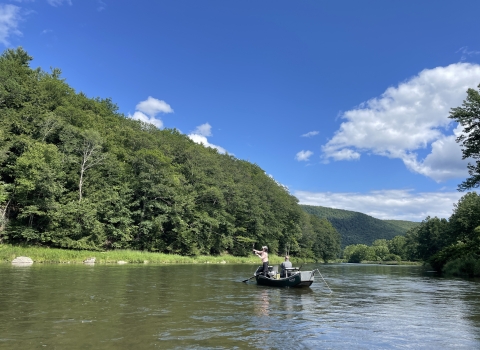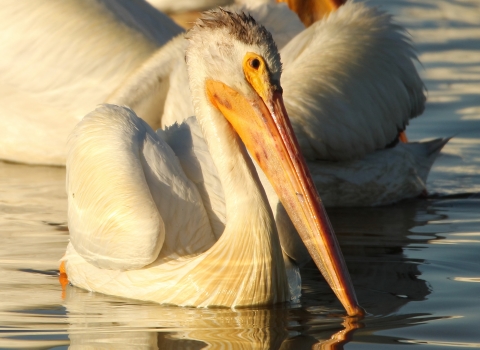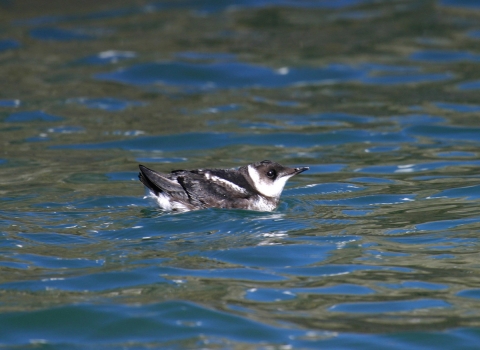The U.S. Fish and Wildlife Service is proposing to list the bracted twistflower, a rare annual wildflower native to the southeastern edge of the Edwards Plateau in Central Texas, as threatened under the Endangered Species Act. The Service is also proposing a special 4(d) rule that tailors protections and includes 1,606 acres of critical habitat in four Texas counties, deemed as essential to the conservation of the species.
The proposed listing and critical habitat are based on the best available science, including the recently completed species status assessment that included input and review from academia and state agencies.
“Much of bracted twistflower’s range occurs along the I-35 corridor between Austin and San Antonio, which is one of the fastest growing urban areas in the United States,” said Chris Best, state botanist for the Service in Texas. “We estimate that 33 percent of the species’ habitats have been lost to urban and residential development over the last 30 years. The good news is that we have many dedicated local partners who are helping us protect and recover this species in the remaining occupied habitats.”
Critical habitat for bracted twistflower is proposed for in nine areas occupied by the species in Travis, Bexar, Medina and Uvalde counties. All nine areas are already managed for conservation of the species, including approximately 345.2 acres on state land at Garner State Park; 1,197.9 acres on local government lands at Balcones Canyonlands Preserve and within City of San Antonio Parks & Recreation Department park boundaries; and 62.9 acres on private land that is voluntarily managed for conservation.
The Service is coordinating with these and other local partners, including the Bracted Twistflower Working Group, on continued efforts to prevent population declines. The main threats to the species include habitat destruction from urban and residential land development, grazing by white-tailed deer and introduced ungulates, reduced light levels from increased density of woody plant cover, small population sizes and lack of genetic diversity.
As defined by the Endangered Species Act, critical habitat identifies geographic areas containing features essential for the conservation of a threatened or endangered species, and which may require special management considerations or protection. Designation of critical habitat does not affect land ownership, establish a refuge or preserve, nor impact private landowners taking actions on their land that do not require federal funding or permits.
Because the species may only be visibly present periodically, with large pulses in germination occurring about once every five to ten years, the plant itself may not be visible or present at a site during a particular project or activity. Federal agencies that undertake, fund, or permit activities that may affect the species’ critical habitat are required to consult with the Service to ensure such actions do not adversely modify or destroy designated critical habitat.
The proposed section 4(d) rule would provide for the conservation of bracted twistflower by prohibiting removing, cutting, digging up, or damaging or destroying the species on non-federal lands in knowing violation of any state law or regulation, or in the course of violating state criminal trespass law.
Bracted twistflower is a spring wildflower that provides nectar and pollen for pollinating insects. Its blue-violet flowers are important to native bee species. The species was listed as a Candidate species by the Service in 2011 and was petitioned for listing in 2014.
The proposal to list bracted twistflower as threatened and designate critical habitat will publish in the Federal Register on November 10, 2021 and public comments will be accepted until January 11, 2022. We encourage the public, academia, federal and state agencies, industry and other stakeholders to review the proposal and provide comments.


